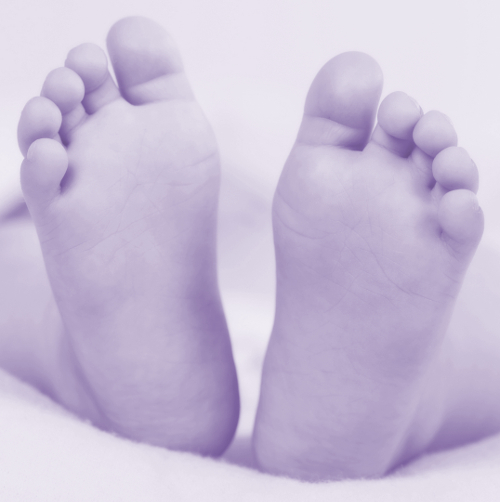Baby born in transplant advance
 The first baby has been born following a uterus transplant from a deceased person.
The first baby has been born following a uterus transplant from a deceased person.
Currently, uterus donation is only available for women with family members who are willing to donate.
With live donors in short supply, the new technique might help to increase availability and give more women the option of pregnancy.
There have been 10 other uterus transplants from deceased donors attempted around the world, but this is the first to result in a livebirth.
“The first uterus transplants from live donors were a medical milestone, creating the possibility of childbirth for many infertile women with access to suitable donors and the needed medical facilities,” said research leader Dr Dani Ejzenberg, from the Universidade de São Paulo.
“However, the need for a live donor is a major limitation as donors are rare, typically being willing and eligible family members or close friends.
“The numbers of people willing and committed to donate organs upon their own deaths are far larger than those of live donors, offering a much wider potential donor population.
“The use of deceased donors could greatly broaden access to this treatment, and our results provide proof-of-concept for a new option for women with uterine infertility.”
The transplant surgery took place in September 2016, with 32 year-old recipient born without a uterus as a result of Mayer-Rokitansky-Küster-Hauser (MRKH) syndrome.
She had an in-vitro fertilisation (IVF) cycle four months before transplant, resulting in eight fertilised eggs which were cryopreserved.
The uterus was removed from the donor - a 45-year-old who died of stroke - and transplanted into the recipient in surgery lasting 10.5 hours, including connecting the donor uterus’ and recipient’s veins and arteries, ligaments, and vaginal canals.
The fertilised eggs were implanted seven months after the uterus transplant, and ten days after implantation, the recipient was confirmed to be pregnant.
A baby girl was born via caesarean section at 35 weeks and three days, weighing 2550g.
The transplanted uterus was removed during the caesarean section and showed no anomalies.
Both the recipient and baby were discharged three days after birth, with an uneventful early follow-up. The immunosuppressive therapy was suspended at the end of the hysterectomy. At the age of seven months and 20 days, the baby continued to breastfeed and weighed 7.2kg.







 Print
Print